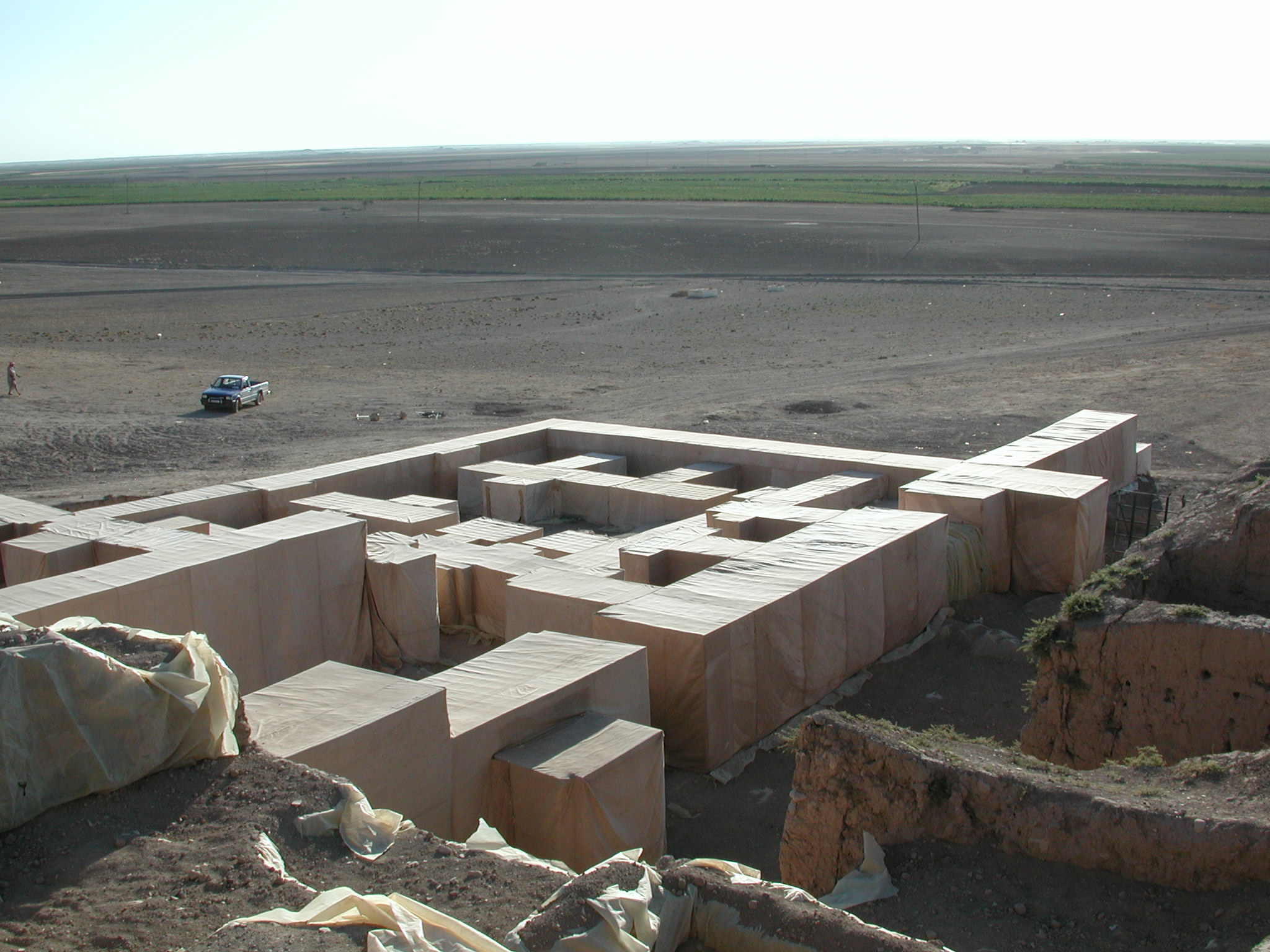At Mozan, instead, it is a method.
This important distinction entails that we do not hand over to external intervention the residuum of our excavation (walls or objects) for repair after the fact, as if waives to an orphanage.
Rather, we nurture together, archaeologists and conservators, the whole of the process, seen at once and in its integrity from diverse but convergent points of view. It is preservation in the best sense of the word, one that encompasses conservation, restoration, reconstruction, and safekeeping.
This proud commitment has brought unexpected results: archaeologists thinking as conservators understand the archaeology better, and the exact converse is just as true!

For topics related to preservation and conservation:
- for Conservation in general, see the dedicated topical book; for the specific topic of Site conservation, see the dedicated new section in the aforementioned topical book;
- for the conservation of the walls of Palace AP, see the dedicated topical book.